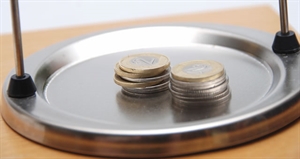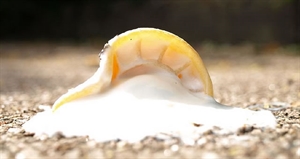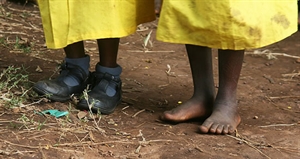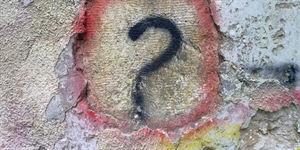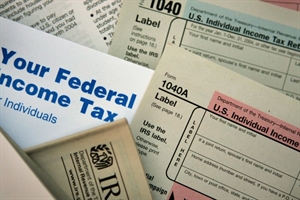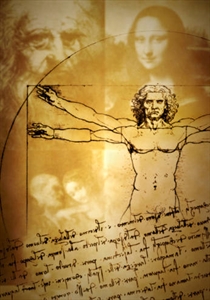Rubber Eraser Day 2024 is on Monday, April 15, 2024: when was pencil erasers invented?
Monday, April 15, 2024 is Rubber Eraser Day 2024. How to Celebrate Rubber Eraser Day Happy Rubber Eraser Day!

Prior to the invention of the rubber eraser, tablets of rubber/wax were used to erase lead/charcoal marks from paper. Bits of rough stone such as sandstone or pumice were used by various cultures to remove small errors from parchment or papyrus documents written in ink. Crustless bread was used as an eraser in the past; remembering school days in the College of Engineering in Meiji Tokyo, a student claimed: “Bread erasers were used in place of rubber erasers, and so they would give them to us with no restriction on amount. So we thought nothing of taking these and eating a firm part to at least slightly satisfy our hunger.”
On April 15, 1770, Joseph Priestley described a vegetable gum which had the ability to rub out pencil marks: "I have seen a substance excellently adapted to the purpose of wiping from paper the mark of black lead pencil." He dubbed the substance "rubber".
In 1770, Edward Nairne, an English engineer, is credited with developing the first widely-marketed rubber eraser for an inventions competition. He reportedly sold natural rubber erasers for the high price of 3 shillings per half-inch cube. According to Nairne, he inadvertently picked up a piece of rubber instead of breadcrumbs, discovered rubber's erasing properties, and began selling rubber erasers. Incidentally, that was the first practical application of the substance in Europe, and rubbing out the pencil marks gave it its English name.
However, rubber in its raw form shared the same inconveniences as bread, since it was perishable and would go bad over time. In 1839, inventor Charles Goodyear discovered the process of vulcanization, a method that would cure rubber and make it a durable material. Rubber erasers became common with this advent of vulcanization.
On March 30, 1858, Hymen Lipman of Philadelphia, USA, received the first patent for attaching an eraser to the end of a pencil. It was later invalidated because it was determined to be simply a composite of two devices rather than an entirely new product.
Erasers come in several shapes and sizes. In addition to those that come attached to pencils, they may also be rectangular blocks (block and wedge eraser), or conical caps that can slip onto the end of a pencil (cap eraser). A barrel or click eraser is a device shaped like a pencil, but instead of being filled with pencil lead, its barrel contains a retractable cylinder of eraser material (most commonly soft vinyl). Novelty erasers are made in a wide variety of shapes, colors, and designs to suit their themes (such as musical notes, animals, confectionery), and they are typically acquired more for their decorative nature than for any practical use, as the hard vinyl they are made from tends to smear heavy markings.

Lightning strike and a rubber?
Lightning strikes... pencil eraser, not enough non-conducting material, not enough Resistance, I feel sorry for that poor U.S. National Park Ranger , keep reading!!!
Humans can be hit by lightning directly when outdoors. Contrary to popular notion, there is no 'safe' location outdoors. People have been struck in sheds and makeshift shelters. However, shelter is possible within an enclosure of conductive material such as an automobile, which is an example of a crude type of Faraday Cage.
About 2,000 people are injured by lightning strikes around the world each year. In the U.S., between 9-10% of those struck die,[1], for an average of 40 to 50 deaths per year (28 in 2008).[2] In the United States, it is the #2 weather killer (second only to floods). [3] The odds of an average person living in the U.S. being struck by lightning in a given year is 1:700,000.
U.S. National Park Ranger Roy Sullivan has the record for being struck by lightning the most times. Sullivan was struck seven times during his 35 year career. He lost the nail on one of his big toes, and suffered multiple injuries to the rest of his body.
Lightning can strike humans in four different ways:
Direct strike
'Splash' from nearby objects struck
Ground strike near victim causing a difference of potential in the ground itself (due to resistance to current in the Earth), amounting to several thousand volts per foot, depending upon the composition of the earth that makes up the ground at that location (sand being a fair insulator and wet, salty and spongy earth being more conductive).
EMP or electromagnetic pulse from close strikes - especially during positive lightning discharges
In a direct hit the electrical charge strikes the victim first. If the victim's skin resistance is high enough, much of the current will flash around the skin or clothing to the ground, resulting in a surprisingly benign outcome. Metallic objects in contact with the skin may concentrate the lightning strike, preventing the flashover effect and resulting in more serious injuries. At least two cases have been reported where a lightning strike victim wearing an iPod suffered more serious injuries as a result.[5]
Splash hits occur when lightning prefers a victim (with lower resistance) over a nearby object that has more resistance, and strikes the victim on its way to ground. Ground strikes, in which the bolt lands near the victim and is conducted through the victim and his or her connection to the ground (such as through the feet, due to the voltage gradient in the earth, as discussed above), can cause great damage
The US National Lightning Safety Institute[9] advises everyone to have a plan for their safety when a thunderstorm occurs and to commence it as soon as the first lightning or thunder is observed. This is important, since lightning can strike without rain actually falling. If thunder can be heard at all then there is a risk of lightning. The safest place is inside a building or a vehicle. Risk remains for up to 30 minutes after the last observed lightning or thunder.
If a person is injured by lightning they do not carry an electrical charge and can be safely handled to apply first aid before emergency services arrive. Lightning can affect the brainstem, which controls breathing. If a victim appears lifeless, it is important to begin artificial resuscitation immediately to prevent death by suffocation.
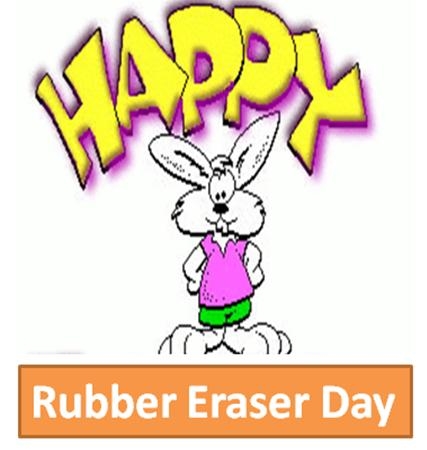
my bunny has eaten a pencil rubber(eraser)?
First thing to do is calm down and don't panic.
I have had a bunny eat all the rubber buttons off the TV remote. I have heard of bunnies eating worse.
They seldom swallow these things whole but chew them. Yes these things are clearly not good for bunny treats but in all likely hood he will pass the little pieces. What I would recommend is that you put him on a mostly hay diet for a couple days. The extra fiber will help work the little pieces through.
Offer some veggies or a small piece of fruit here and there just to make sure he is eating normally. Keep an eye on the droppings for the next several days. You may find little red specs in them. Any slow down in eating or if the droppings get small or sparse get him into the vet. Not likely he will suffer any ill effects though.

